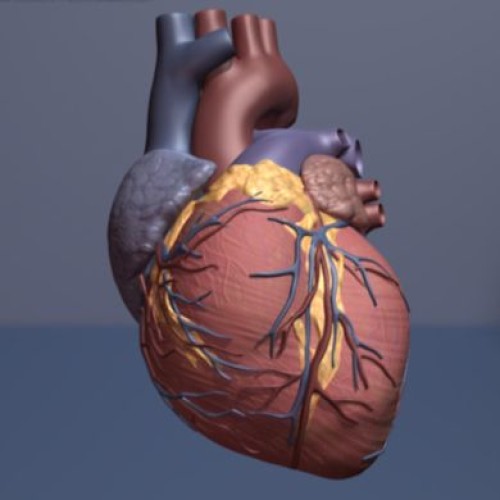
If your “bad” cholesterol level stays the same or increases after you take statin drugs, you may have more blocked arteries than people whose levels drop, according to research in the American Heart Association journal Arteriosclerosis, Thrombosis and Vascular Biology.
Low density lipoprotein (LDL) cholesterol is considered the “bad” cholesterol because it contributes to plaque buildup, thick, hard deposit that can clog arteries and make them less flexible. This condition is known as atherosclerosis. If a clot forms and blocks a narrowed artery, heart attack or stroke can result.
“To lower their cardiovascular risk, it is essential to monitor LDL levels in patients with established heart disease who are receiving ongoing statin treatment,” said Stephen Nicholls, M.B.B.S., Ph.D., the study’s principal investigator and deputy director of the South Australian Health & Medical Research Institute and professor of cardiology at the University of Adelaide in Australia.
Researchers analyzed data from seven clinical studies on 647 patients with diagnosed coronary artery disease (CAD) who were prescribed statin drugs to help lower cholesterol. In each of the studies that compared diseased arteries before and after statin treatment, researchers used ultrasound to view inside arteries. Patients were followed 18-24 months.
LDL cholesterol levels either decreased to a small degree, stayed the same or increased in 20 percent of patients (“statin hyporesponders”). They had more plaque buildup in their arteries than patients who responded to statin therapy.
When cholesterol and other fatty substances collect inside an artery, they can partially or completely block blood flow — possibly leading to heart disease, kidney disease or stroke.
For some people, following a heart-healthy diet, being physically active, avoiding smoking and maintaining a healthy weight may control LDL levels. Others may also have to take medication.
The standard medication is a class of cholesterol-lowering drugs called statins. The American Heart Association and American College of Cardiology (AHA/ACC) recommend that certain patients, including those with high LDL levels, receive moderate to intense statin therapy.
The guideline recommends statin therapy for the following groups:
- People without cardiovascular disease who are 40 to 75 years old and have a 7.5 percent or higher risk for having a heart attack or stroke within 10 years.
- People with a history of a cardiovascular event (heart attack, stroke, stable or unstable angina, peripheral artery disease, transient ischemic attack, or coronary or other arterial revascularization).
- People 21 and older who have a very high level of bad cholesterol (190 mg/dL or higher).
- People with Type 1 or Type 2 diabetes who are 40 to 75 years old.
Some patients who do not fall into the four categories may also benefit from statins, a decision that should be made on a case-by-case basis.
For patients taking statins, the guidelines say they no longer need to get LDL cholesterol levels down to a specific target number — a significant departure from how doctors have treated cholesterol for years. While research clearly shows that lowering LDL lowers the risk for heart attack and stroke, there is no evidence to prove that one target number is best.
Among patients who didn’t respond to treatment, 79 percent were men, average age 56. Among statin responders, 66 percent were men average age 58. Most of the study participants were white.
Story Source:
The above story is based on materials provided by American Heart Association. Note: Materials may be edited for content and length.
